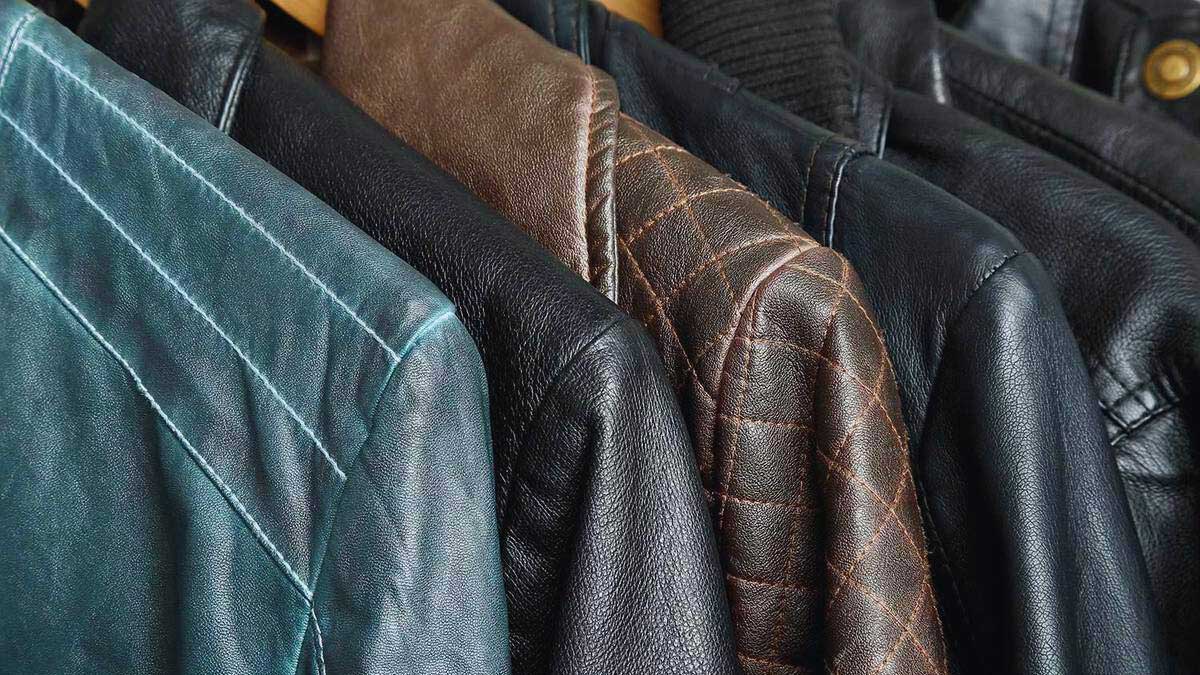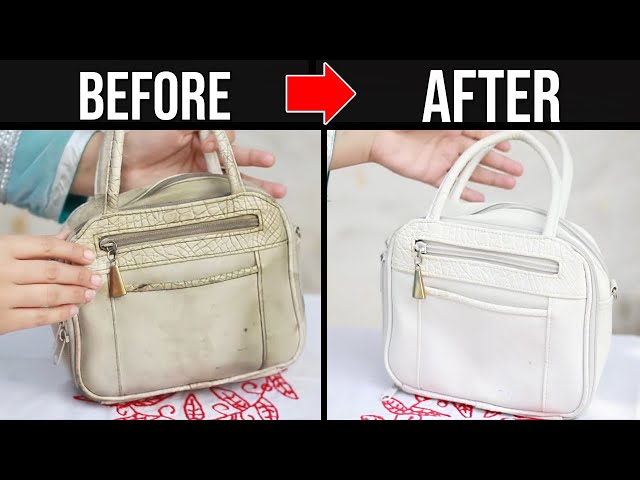How to Repair Peeling Faux Leather Jacket: Step-by-Step Guide
Faux leather jackets are a stylish and affordable alternative to real leather, but they come with their own set of challenges, especially when it comes to peeling. Over time, the polyurethane coating on faux leather can start to flake, leaving your favorite jacket looking worn and tired. While many might suggest tossing it out, there’s a rewarding way to bring it back to life with some simple repair techniques.
Understanding the unique characteristics of faux leather is crucial. Unlike genuine leather, faux leather is made from synthetic materials that require specific care to maintain their appearance. With the right tools and a bit of patience, you can tackle peeling sections and restore your jacket’s original charm. From cleaning the affected area to using specialized repair kits or leather paint, these steps not only fix the damage but also help prevent future peeling, extending the life of your beloved jacket.
Key Takeaways
- Understand Faux Leather Characteristics: Faux leather is made from synthetic materials and requires specific care to prevent deterioration, including avoiding harsh chemicals and excessive heat exposure.
- Assess Damage Thoroughly: Before starting repairs, evaluate the extent of the peeling to identify the appropriate method, focusing on high-friction areas like elbows and cuffs.
- Simple Repair Methods: Utilize everyday items like permanent markers, shoe polish, or nail polish for minor touch-ups; these can mask smaller imperfections temporarily.
- Advanced Repair Techniques: Employ more durable solutions like leather fillers and adhesive patches for significant damage. These methods provide long-lasting repairs by restoring both function and aesthetic.
- Step-by-Step Repair Process: Begin with cleaning, then secure loose edges, and finally apply appropriate paints or fillers to ensure seamless repair and extended jacket life.
- Prevent Future Peeling: Regular maintenance, including gentle cleaning, proper storage, and protection from sunlight, will help sustain your faux leather jacket’s appearance and integrity over time.
Understanding Faux Leather Peeling
Faux leather, also known as imitation, synthetic, or vegan leather, mimics real leather’s appearance but consists of a fabric base with a polyurethane coating. Over time, this composition inevitably leads to peeling and cracking. Peeling occurs when the polyurethane layer detaches from the base fabric. Factors like exposure to harsh cleaning chemicals, prolonged sun exposure, and improper care accelerate this process.
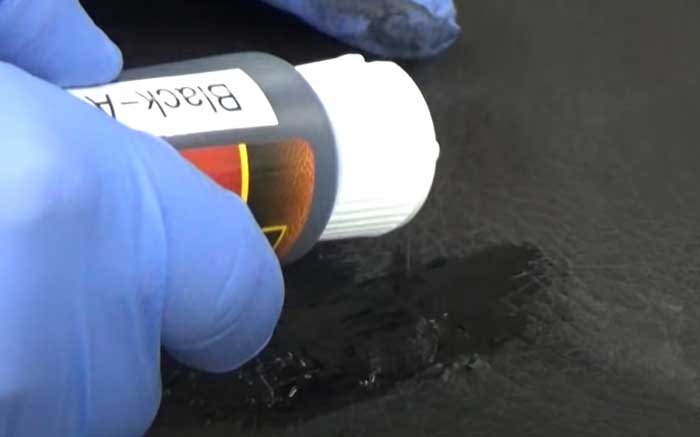
Characteristics of Faux Leather
- Material Composition: A fabric base with a polyurethane finish.
- Durability: While affordable and stylish, it’s prone to peeling and cracking.
- Maintenance Needs: Requires gentle cleaning with soft cloths and mild soaps.
Causes of Peeling
- Environmental Exposure: Harsh sunlight and extreme temperatures weaken the coating.
- Cleaning Methods: Strong chemicals and abrasive cleaners damage the surface.
- Wear and Tear: Regular use and friction lead to separation of layers.
- Use Soft Cloths: Clean with a damp cloth, avoiding aggressive scrubbing.
- Choose Mild Soaps: Opt for gentle cleaners without harsh chemicals.
- Store Properly: Keep jackets in cool, dry places away from direct sunlight.
Understanding these aspects helps in effectively repairing and maintaining your faux leather products, prolonging their life and preserving their appearance.
Evaluating the Damage
Inspect your faux leather jacket closely to determine the extent of the peeling. This assessment focuses on identifying areas where peeling, cracking, or separation occurs. Check for particularly problematic sections, such as high-friction zones like elbows and cuffs, where peeling typically starts. Use this evaluation to decide if minor repairs or extensive solutions are needed. Ensure you understand the full scope to plan for effective repairs, as this forms the foundation for restoring the jacket’s appearance.
Simple Repair Techniques
Repairing a peeling faux leather jacket requires attention to detail and the right materials. Here are some effective methods that can help restore your jacket’s appearance.
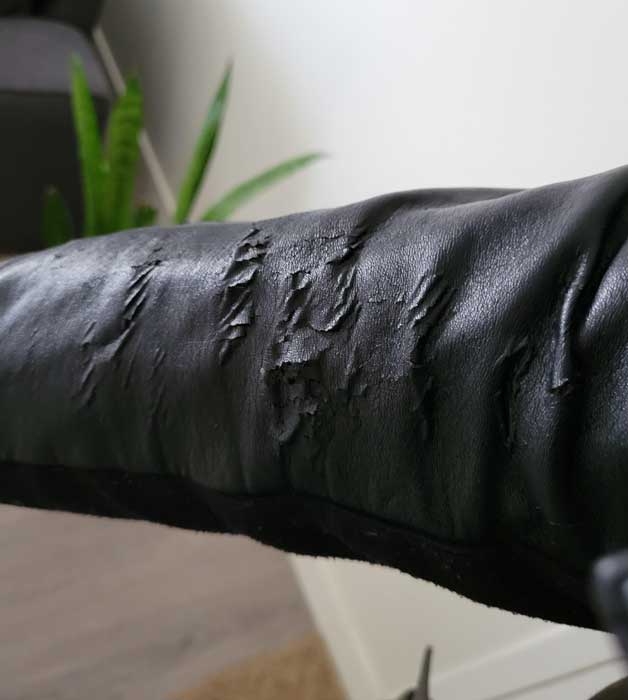
Using Permanent Marker or Shoe Polish
Permanent markers and shoe polish are quick fixes for minor peeling or discoloration.
- Permanent Marker: Sand the flaky area gently using 180-grit sandpaper, then clean with a cloth. Carefully color over the affected area with a matching permanent marker. Apply three to four layers for better coverage.
- Shoe Polish: After sanding, apply matching shoe polish with a clean rag using even, long strokes. This can help enhance the jacket’s color but be cautious, as polish may transfer to clothing.
Applying Leather or Acrylic Paint
Using leather or acrylic paint offers a more durable solution.
- Surface Preparation: Gently sand the peeling areas to ensure a smooth surface.
- Paint Application: Select a matching paint color and use a fine brush to apply the paint in long, horizontal strokes. Allow each coat to dry for at least 30 minutes.
- Building Layers: Paint three to four coats to ensure a consistent finish. Consider using a topcoat to seal and protect the painted areas.
Utilizing Nail Polish
Nail polish can serve as a sealant for small touch-ups.
- Color Match: Choose a nail polish that closely matches the jacket’s color.
- Application: Use the polish to cover small peels or cracks, applying it gently to prevent over-layering.
- Dry and Seal: Allow the polish to dry completely before handling. For added protection, you might cover the area with a clear topcoat.
These methods extend the life of your faux leather jacket, ensuring it remains in good condition with minimal visible damage.
Advanced Repair Methods
When tackling the challenge of a peeling faux leather jacket, advanced techniques can provide superior results, making your jacket look almost new again. These methods focus on restoring both appearance and durability.
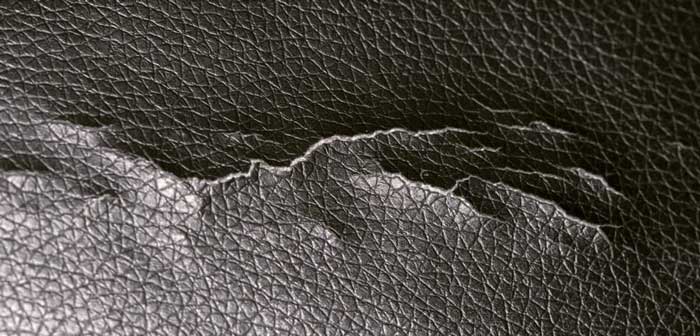
Using Leather Filler
Leather filler effectively restores areas with peeling or cracking in faux leather. Follow these steps for optimal results:
- Clean the Area: Ensure the area is free of dirt and grime using a soft cloth and mild soap diluted in water.
- Apply Soft Filler: Scoop about 1 inch of soft filler using a putty knife. Spread it evenly over the peeled sections, being careful not to extend onto undamaged areas.
- Smooth the Surface: Use the edge of a business card or an index card to smooth out the filler, removing any excess.
- Curing Time: Allow the filler to cure for about 20 minutes. If possible, expose the jacket to indirect sunlight to speed up this process.
- Repeat Application: Apply a second filler layer if needed after the first has cured completely.
- Create Texture (Optional): Use plastic wrap to imprint texture, matching the original pattern, if desired.
- Paint the Area: Use a damp sponge to apply a thin layer of leather paint, overlapping onto the undamaged sections for a seamless blend.
Attaching Leather Patches
Leather patches are ideal for extensive damage that filler can’t handle. They offer a straightforward and durable solution:
- Prepare the Surface: Thoroughly clean the damaged area using lukewarm water mixed with mild soap and a soft cloth. Ensure it’s completely dry.
- Choose the Right Patches: Select adhesive patches that closely match your jacket’s color to maintain aesthetics.
- Cut and Apply Patches: Trim the patches to fit the damaged area, ensuring no air pockets when applying. Press them firmly to create a seamless bond.
- Smooth and Dry: Eliminate any wrinkles or bubbles and allow the adhesive to dry fully. Trim any excess material for a neat finish.
These advanced methods not only repair but also enhance the endurance of your faux leather jacket, extending its lifespan while maintaining its style.
Step-by-Step Repair Process
Repairing a peeling faux leather jacket requires methodical steps to restore its appearance. This section provides detailed instructions for cleaning and preparing the jacket and applying repair products to achieve optimal results.

Cleaning and Preparing the Jacket
- Inspect the Damage: Begin by examining the jacket to pinpoint areas of peeling or flaking. This is crucial as it guides the subsequent steps for the repair process.
- Clean the Area: Use a soft cloth and mild detergent to gently clean the affected sections. Remove any dirt or debris to ensure that repair products adhere properly. Let the jacket dry completely before proceeding.
- Glue Down Loose Edges: Apply contact cement to secure any loose edges, especially around seams. This step is vital in preventing further peeling before applying additional repair products.
- Apply Flex Paint: Use transparent flex paint for covering peeling areas. This paint stretches with the jacket, preventing new rips. Apply multiple thin layers and allow each to dry before adding another for best results.
By following these steps systematically, you can effectively restore a faux leather jacket and enhance its longevity.
Preventing Future Peeling
Regular maintenance extends the life of your faux leather jacket. By following proper care techniques, you can minimize peeling and maintain its stylish look.
Proper Cleaning and Maintenance
Consistent cleaning helps prevent peeling. Gently wipe the jacket with a soft cloth dampened with a mild soap solution. Avoid harsh chemicals and abrasive cleaning tools that erode the polyurethane layer. Dry thoroughly with a towel after cleaning to prevent moisture damage.
Storage and Care Tips
Store your jacket in cool, dry places away from sunlight. Prolonged exposure to sunlight accelerates the deterioration of faux leather. Use padded hangers to maintain shape and prevent creasing. If possible, cover the jacket with breathable fabric to protect from dust and pests without trapping moisture.
Conclusion
Repairing a peeling faux leather jacket doesn’t have to be a challenging job. By understanding the unique characteristics of faux leather and applying the right repair techniques, you can restore your jacket’s appearance and extend its lifespan. Whether you’re dealing with minor touch-ups or more extensive damage, using tools like leather paint, fillers, and patches can make a significant difference. Regular maintenance and proper storage are key to preventing future issues, ensuring your jacket remains stylish and durable. With these insights and methods, you’re well-equipped to tackle peeling and keep your faux leather jacket looking its best.
Frequently Asked Questions
Can I repair a peeling faux leather jacket myself?
Yes, you can repair a peeling faux leather jacket using DIY techniques. Start by cleaning the area with a soft cloth and mild detergent. For minor peeling, apply leather or acrylic paint in thin layers. For more extensive damage, use a leather repair kit with filler to smooth the surface before painting. These methods help restore the jacket’s appearance and extend its lifespan.
What causes faux leather jackets to peel?
Faux leather peeling occurs primarily due to the degradation of its polyurethane coating over time. Environmental exposure, harsh cleaning methods, and regular wear and tear can accelerate this process. Understanding these causes can help in effectively maintaining and preventing further damage to your jacket.
How can I maintain my faux leather jacket to prevent peeling?
To prevent peeling, clean your jacket regularly with a soft cloth and a mild soap solution, avoiding harsh chemicals. Store it in a cool, dry place away from direct sunlight, using padded hangers to maintain its shape. Cover the jacket with a breathable fabric to protect it from dust without trapping moisture.
Is it necessary to inspect faux leather jackets regularly?
Yes, regular inspection of faux leather jackets is crucial in identifying early signs of peeling or cracking, especially in high-friction areas like elbows and cuffs. This proactive approach allows you to address minor issues promptly before they escalate into more significant damage, ensuring effective restoration and maintenance.
What tools do I need for DIY faux leather jacket repair?
For DIY repair, equip yourself with a leather repair kit, which usually includes leather filler, leather or acrylic paint, and sometimes small brushes or sponges. A soft cloth, mild detergent, and optional items like nail polish, permanent markers, or shoe polish for small touch-ups can also be useful.
Can I use nail polish to repair my faux leather jacket?
Yes, nail polish can be used for small touch-ups on a faux leather jacket. It works well for minor discoloration or peeling. However, it’s advisable to choose a shade that closely matches the jacket’s color and apply it carefully to blend seamlessly with the surrounding material.

